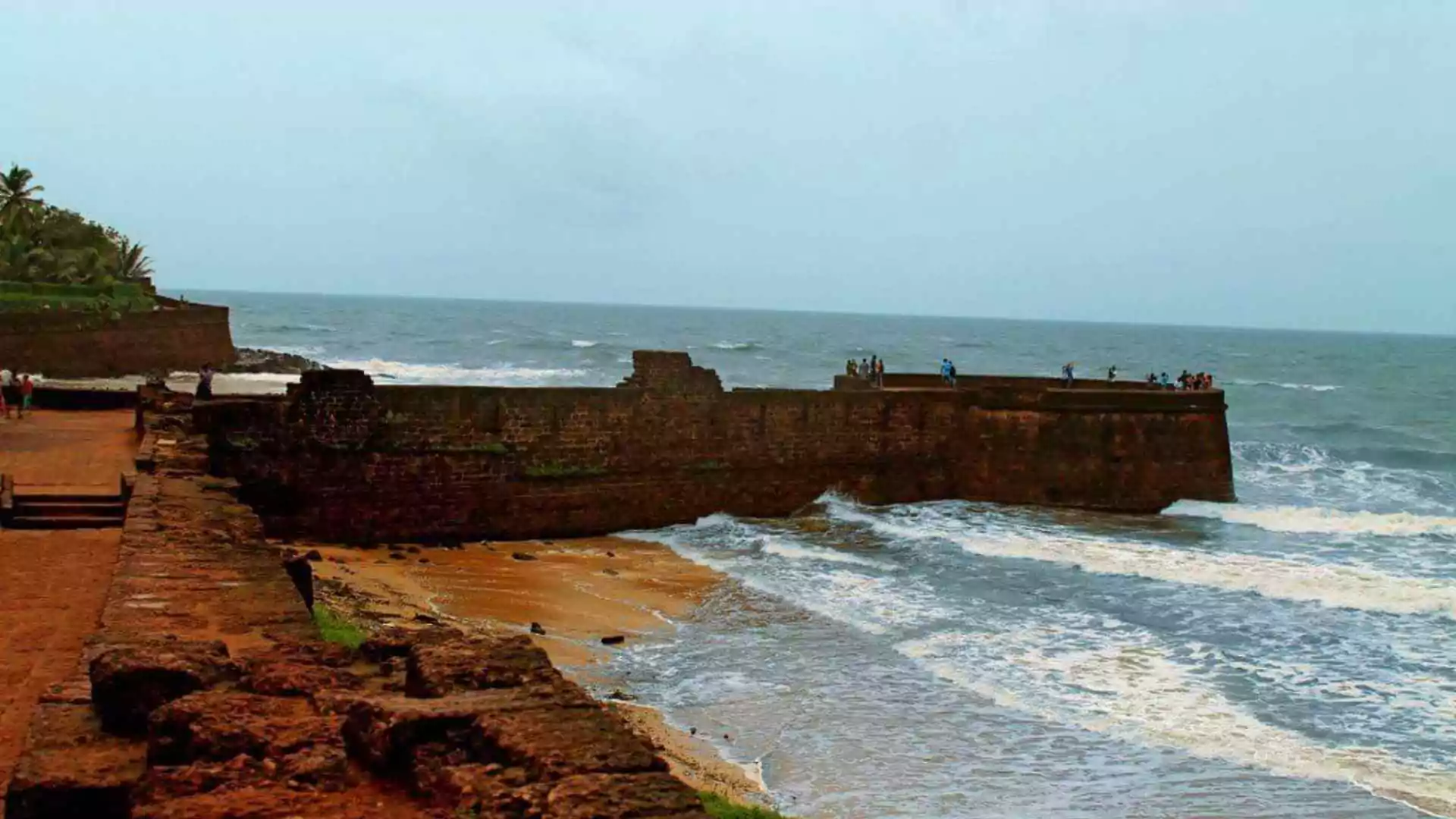The Lok Sabha Elections is the world’s only largest exercise of the democracy which is conducted every five years across the entire nation in order to determine the composition of the lower house of the country’s parliament. While the Lok Sabha Cabinet for the year 2024 is still awaited, it becomes imperative to look at some of the previous successful cabinets that were led by great leaders and have marked their significance in the history of Indian politics. A significant Cabinet was led in the year 2009, by Former Prime Minister Minister Manmohan Singh.
The Lok Sabha elections that conducted in the year 2009 were a landmark in India’s political history, which culminated in the formation of a government led by Prime Minister Manmohan Singh. This election reaffirmed the dominance of the United Progressive Alliance (UPA), a coalition spearheaded by the Indian National Congress (INC). The UPA, although falling short of the halfway mark of 272 seats in the 543-seat Lok Sabha, managed to secure a stable government with external support.
Coalition Formation 2009
In the 2009 general elections, the halfway mark needed to form a government was 272 seats out of the full 543 seats in the Lok Sabha. The UPA coalition secured 262 seats, just 10 seats short of the majority, necessitating support from outside the alliance to form the government. The Congress Party was the largest constituent of the UPA, winning 206 seats. This significant number underscored the party’s central role in the coalition and the leadership of Manmohan Singh. Other important allies included the Trinamool Congress (TMC) with 19 seats, the Dravida Munnetra Kazhagam (DMK) with 18 seats, the Nationalist Congress Party (NCP) with 9 seats, and the Rashtriya Janata Dal (RJD) with 4 seats. Additionally, the Jammu and Kashmir National Conference (JKNC) secured 3 seats, the Bodoland People’s Front (BPF) had 1 seat, and the Indian Union Muslim League (IUML) held 2 seats.
Distribution of Ministerial Positions in 2009
Manmohan Singh’s cabinet in 2009 was marked by a significant representation of Congress ministers, reflecting the party’s dominant position within the coalition. The Congress party, being the largest party in the UPA, understandably secured the highest number of ministerial positions. The total number of ministers in Manmohan Singh’s cabinet was 77, out of which the Congress Party held 71 ministerial portfolios. This overwhelming representation allowed the Congress to maintain strong control over key ministries and ensure cohesive governance.
UPA Allies in the Cabinet Under Manmohan Singh
The UPA allies, while fewer in number compared to the Congress, were given representation in the cabinet to maintain coalition unity and ensure that regional interests were addressed. Despite the Congress’s dominance, the coalition nature of the UPA ensured that other parties also had representation in the cabinet, albeit to a lesser extent. The NCP, an important ally, had 3 ministers in the cabinet. The JKNC, RLD (Rashtriya Lok Dal), and IUML each had one minister, ensuring that their interests were also considered in the decision-making process of the government. This composition of Manmohan Singh’s cabinet in 2009 highlighted the dominance of the Congress party within the UPA coalition. With 71 ministers, the Congress asserted its dominance not just over the government but also over key ministries, enabling it to implement its policies effectively and drive its legislative agenda to ensure stable governance.
The representation of UPA allies, although smaller in number, was vital for maintaining the coalition’s stability. The inclusion of ministers from parties like the NCP, JKNC, RLD, and IUML ensured that diverse regional interests were addressed at the national level. This inclusivity was essential for sustaining the coalition and preventing any potential fragmentation. With 3 ministers, the NCP had a significant influence within the cabinet, ensuring that its priorities and regional issues were considered in the national agenda. JKNC, RLD, and IUML with one minister each, highlighted the UPA’s strategy of broad-based governance and inclusive representation of various regional interests.
The Absence of BJP and NDA Ministers
In stark contrast to the UPA’s inclusivity, it is important to note that there were no ministers from the Bharatiya Janata Party (BJP) or the National Democratic Alliance (NDA) in Manmohan Singh’s cabinet. This absence the clear demarcation between the ruling coalition and the primary opposition bloc. The BJP, as the principal opposition party, played a crucial role outside the cabinet, challenging the government’s policies and providing alternative perspectives.
Manmohan Singh’s cabinet in 2009 was a testament to the Congress party’s dominance within the UPA coalition and its strategy of inclusive governance. With 71 ministers, the Congress maintained a strong hold over the government, while the representation of UPA allies ensured that regional interests were adequately addressed. The absence of BJP and NDA ministers highlighted the political polarization and the clear division between the ruling coalition and the opposition. This composition not only provided a stable government but also demonstrated Manmohan Singh’s ability to lead a diverse and multifaceted coalition effectively.























